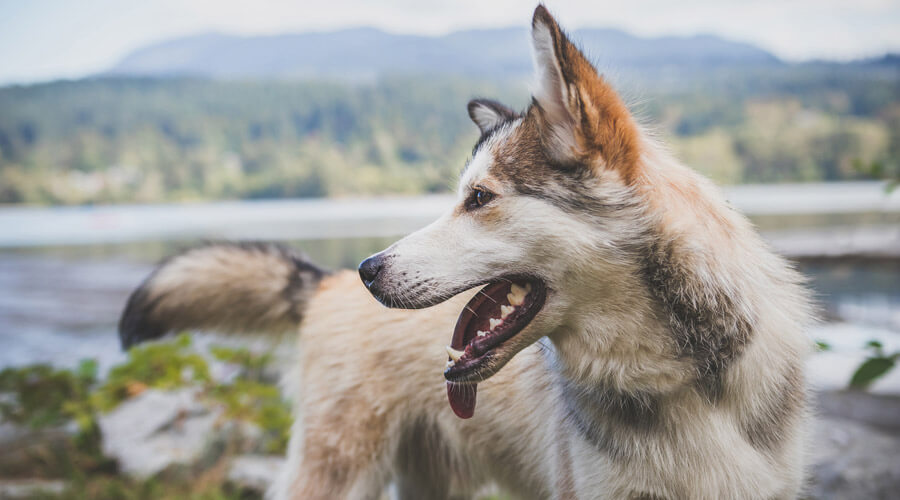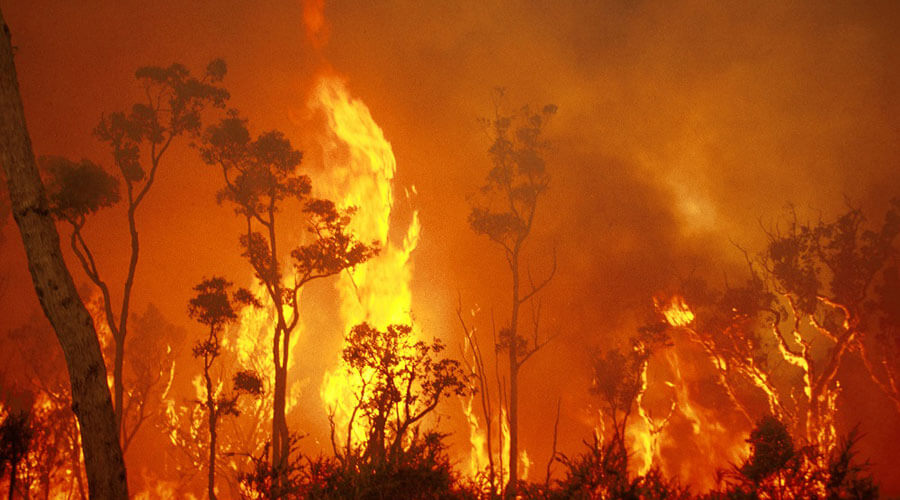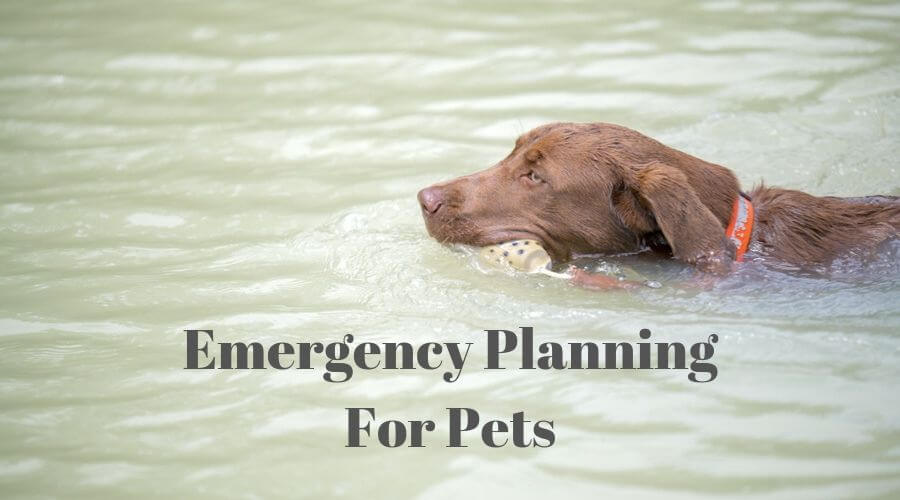Disaster tends to strike when you least expect it, so having an animal disaster plan in place is paramount for the safety and wellbeing of both humans and animals.
Whether there are floods due to fierce storms, destruction caused by an earthquake or bush fires—disaster can happen anytime and anywhere and can call for a quick evacuation.
Without an appropriate animal disaster plan in place, finding your way to safety—along with any animals in your care—can be difficult and might even result in injury or death.
So in the same way that major businesses develop an IT disaster recovery plan, pet professionals should lay down a step-by-step animal disaster plan in preparation for any emergencies that might arise.

Be prepared for a disaster
Petsit.com, the educational organisation for professional pet sitters, advises that animal disaster plans should be both thorough and flexible. After all, emergency situations can vary in magnitude. A widespread power outage, for example, would require a different course of action in comparison to a fire on your premises.
Nonetheless, there’s a lot to be said for being prepared for all events and situations. The following tips can help you prepare an animal disaster plan.
Understand the possibilities – make a list of the different types of disasters (natural and man-made) that could present so that you can ensure your final emergency plan covers them all.
Detail your response – each emergency will likely require a different course of action. Planning ahead of time will allow you the time and head space to put a robust animal disaster plan together.
Make sure records are in check – every animal in your care should have its own file containing important information such as health status, vaccination dates and a photo. Make sure files are stored in a safe place and are easy to access or grab in an emergency.
Identification – ensure all animals in your care are wearing identification tags. If it needs to be removed for any reason, be sure to put it back on.
Animal friendly refuge – in the event of emergency some evacuation centres will not be appropriately set up to take in animals. Make sure your plan includes a safe place you can go for shelter, where animals are also welcome.
This might be a local animal shelter, nearby boarding kennels or farm. In any case, make contact to lay the foundations ready for the case of an emergency.
Emergency supplies for animals – make a list of the supplies you will need and ideally store them in a safe, easy-to-grab place. Be sure to have a pet first aid kit too.
Pet carrier – depending on the circumstances, it’s handy to have a pet carrier at hand in the case of an emergency. Depending on your profession, this might mean a horse float, birdcage, cat box or dog cage.
Communicate your plan – having an animal disaster plan is great, but not if none of your staff or colleagues know its exists. Discuss the plan as a team, ask staff/colleagues for their input to help make it as comprehensive as possible and make a point of talking through the plan at various opportunities (even if it’s just once a year).

Be prepared for bush fires
Thanks to Australia’s hot, dry climate and tendency for drought, many parts of the country are prone to bushfires. And just as smoke can be irritating to humans, it can cause health problems for animals too.
Whether you’re a vet, dog walker, pet sitter or kennel owner, if bush fires occur near you, it’s important that you have a plan in place to take look after the animals in your care.
The American Veterinary Medical Association offers a number of important advice points regarding bush fire smoke and animals.
- Animals with cardiovascular or respiratory disease are especially at risk from smoke and should be closely watched during all periods of poor air quality or during bush fires.
- Animals should be kept indoors with windows shut.
- Birds are particularly affected by smoke and should not be allowed outside.
- Avoid intense outdoor exercise in instances where there is smoke from bush fires.
- If you have livestock, allow them 4 to 6 weeks to recuperate after the air quality returns to normal. Attempting to handle, move, or transport livestock may delay healing and compromise your animals’ performance.
- Good barn and field maintenance can reduce fire danger for horses and other livestock. Make sure barns and other structures are stable, promptly remove dead trees, clear away brush, and maintain a defensible space around structures.
- Ensure your animal disaster plan includes bush fires, as well as livestock (if appropriate).

Animal disaster plan: emergency kit
One of the most essential aspects of any animal disaster plan is the emergency kit. This needs to contain everything the animals need to remain safe and well. Your emergency kit needs to be clearly labeled and easy to carry. You will also need to ensure that everyone knows where it is.
Your emergency kit should include:
- 3-7 days’ worth of canned (pop-top) or dry
- Disposable litter trays
- Litter or paper toweling
- Liquid dish soap and disinfectant
- Disposable garbage bags for clean-ups
- Pet feeding dishes and water bowls
- Extra collar or harness as well as an extra leash
- Photocopies and/or USB of medical records
- Medicine, if required. (Remember medications need to be rotated out of the emergency kit—otherwise they may expire)
- Bottled water
- Flashlight
- Blanket
June is actually Pet Preparedness Month, so there’s no better time to review your emergency plans or, if you don’t already have one, create a disaster plan that will help ensure animals in your care are kept safe should disaster strike.
NOTE: If you come into contact with any animals who have been affected by a disaster, you can contact the RSPCA on 1300 278 3589.
Latest posts by Liz Walden (see all)
- Pet health: Medicinal cannabis for pets - December 27, 2021
- What pet business insurance do I need? - November 17, 2021
- Pet sitters: how to take time off - November 15, 2021










Leave A Comment